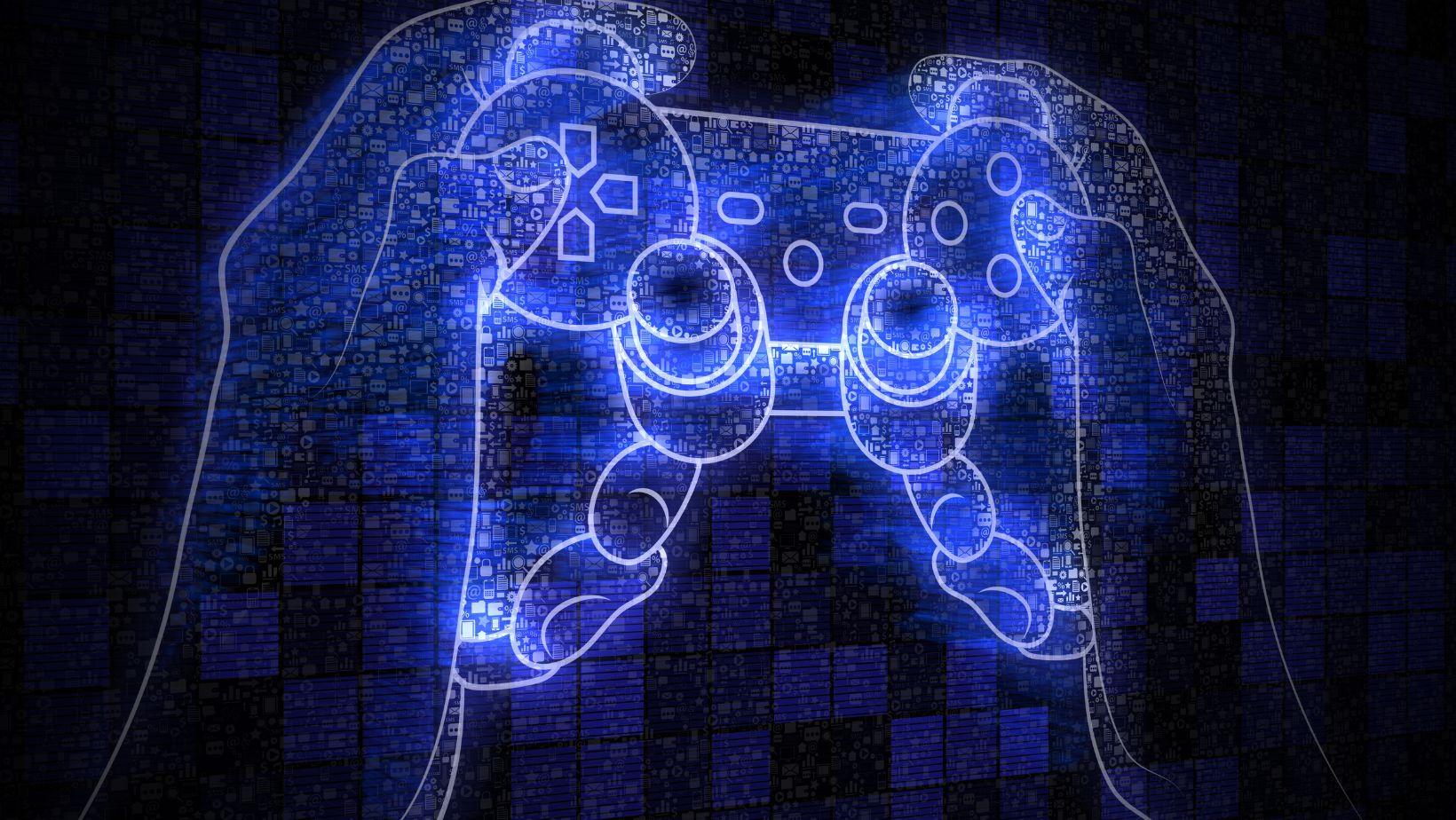Over the past couple of years, I’ve been paying more and more attention to how much the gaming community has changed. And it’s not about the games themselves — it’s about the people entering these spaces. Gen Z is no longer just a part of the community — they’re setting new rules for how it works. The values here are different: openness, flexibility, fast adaptation, less hierarchy — more horizontal connections. And I find it genuinely interesting to see how all of this is reshaping gaming culture as a whole.
Table of Contents
ToggleFrom Guilds to Digital Communities
If in the past gaming communities were built around rigid structures — clans, hierarchies, and dedicated forums — now the format has become much more flexible and organic. Gen Z doesn’t want to be part of something just for status — what matters to them is the freedom of choice, shared experiences, and self-expression. They are much more willing to join communities where they can freely express themselves, participate in discussions without top-down pressure, and not feel obliged to “play a role” within a hierarchical system.
Modern communities often form around Discord servers, temporary events, streams, memes, and social media content. These platforms make it easy to move between different interests, being active in one space today and another tomorrow. It’s more like a modular system than a closed community. Even in such a serious field as counter strike esports, you can see teams, fan bases, and micro-groups interacting more based on shared vibes than classic roles like “captain-player-coach.” Young people come together around emotional closeness, shared aesthetics, a sense of humor, and fast content sharing. This makes communities livelier and more dynamic, while being less tied to any specific structure or name.
New Forms of Participation
For Generation Z, being part of a gaming community has long ceased to mean only playing the game itself. Playing personally is no longer a required condition to be included. Participation has become more diverse, multi-layered, and creative. Some watch tournaments and support their favorite teams, others create fan art or memes, some run themed TikTok and Instagram accounts, others voice videos, translate interviews, or compile clips and highlights from matches. There are even those who build their online identity around reviews and reactions to others’ gameplay while remaining active members of the community.
This makes entry into gaming culture much more accessible. People who might have previously considered themselves “not real gamers enough” now comfortably integrate into the scene through creativity, communication, or media support. I believe this significantly broadens the concept of gamer identity — it now includes not only mechanical skill but also any form of participation in the community’s life. The result is a flexible and democratic space where not only frags but also contributions to the atmosphere and cultural development are valued.
This shift also changes how value is perceived within the community itself. Whereas before the main goal was to demonstrate skill level, reach leaderboards, or shine at a tournament, now any contribution can become significant — an original edit, a funny sticker pack, a successful meme that spreads across social networks. Even activity in comments or participation in stream discussions creates a sense of belonging. All this forms a new model of participation where everyone can find their role without the pressure to be the “best player,” and I think this holds great potential for a healthier and more inclusive community.
Content — the Main Form of Communication
Content has become the primary language of communication within gaming communities — especially for Generation Z. Memes, jokes, short videos, clips from streams, edited videos with voiceovers, reactions, remixes — all of these have long moved beyond mere “entertainment” into the category of social glue. Through these formats, people don’t just share information; they establish emotional connections. A meme can convey a mood faster than a long message, and a thirty-second clip from a stream can say more about a community’s values than any official presentation.

Less Toxicity — More Self-Irony
Of course, toxicity in gaming communities hasn’t disappeared — it still shows up in chats, forums, and comments. But from what I’ve observed, Gen Z reacts to it differently. Not because this generation has become kinder or more tolerant, but rather because they’re tired of endless aggression, forced conflicts, and the need to constantly prove themselves. Instead of open confrontation, self-irony, light trolling, dark humor, and distancing through memes are becoming more common. It’s not always gentle or pleasant, but it’s their way of lowering tension without direct conflict.
I’d say this isn’t avoidance but an attempt to reinterpret problems in their own language. The ability to laugh at oneself, to devalue toxic behavior through mockery, to strip it of power — there’s a certain maturity in that. Especially in online spaces, where a single word can hurt someone, this approach helps build a more resilient environment. Not perfect, but less destructive. This form of communication becomes something like a collective immunity — not everyone can take the hits, but within the community, there’s more support than pressure. And to me, that’s an important shift.
Conclusion: Where It’s All Heading
In my opinion, Gen Z hasn’t just changed gaming communities — they’ve reshaped their structure and rhythm from the ground up. What used to be the norm — ranks, titles, forums with rules, strict moderation — is gradually moving to the background. Formality has faded, giving way to genuine engagement. Communities are no longer about status but about participation in the here and now, about reacting to content, about a sense of belonging through emotions, jokes, and shared information flow.
Gaming communities have become closer to meme culture than to the traditional concept of online clubs or guilds. More and more communication happens in stories, comments, streams, TikTok, Discord, or even YouTube Shorts. This creates an entirely new type of environment: open, fluid, and free from rigid boundaries. I don’t think this can be simply judged as “better” or “worse.” It’s just a different model — adaptive, chaotic, yet very alive. Gen Z isn’t afraid to rewrite the rules, and perhaps that’s why they manage to build such resilient and vibrant communities.




